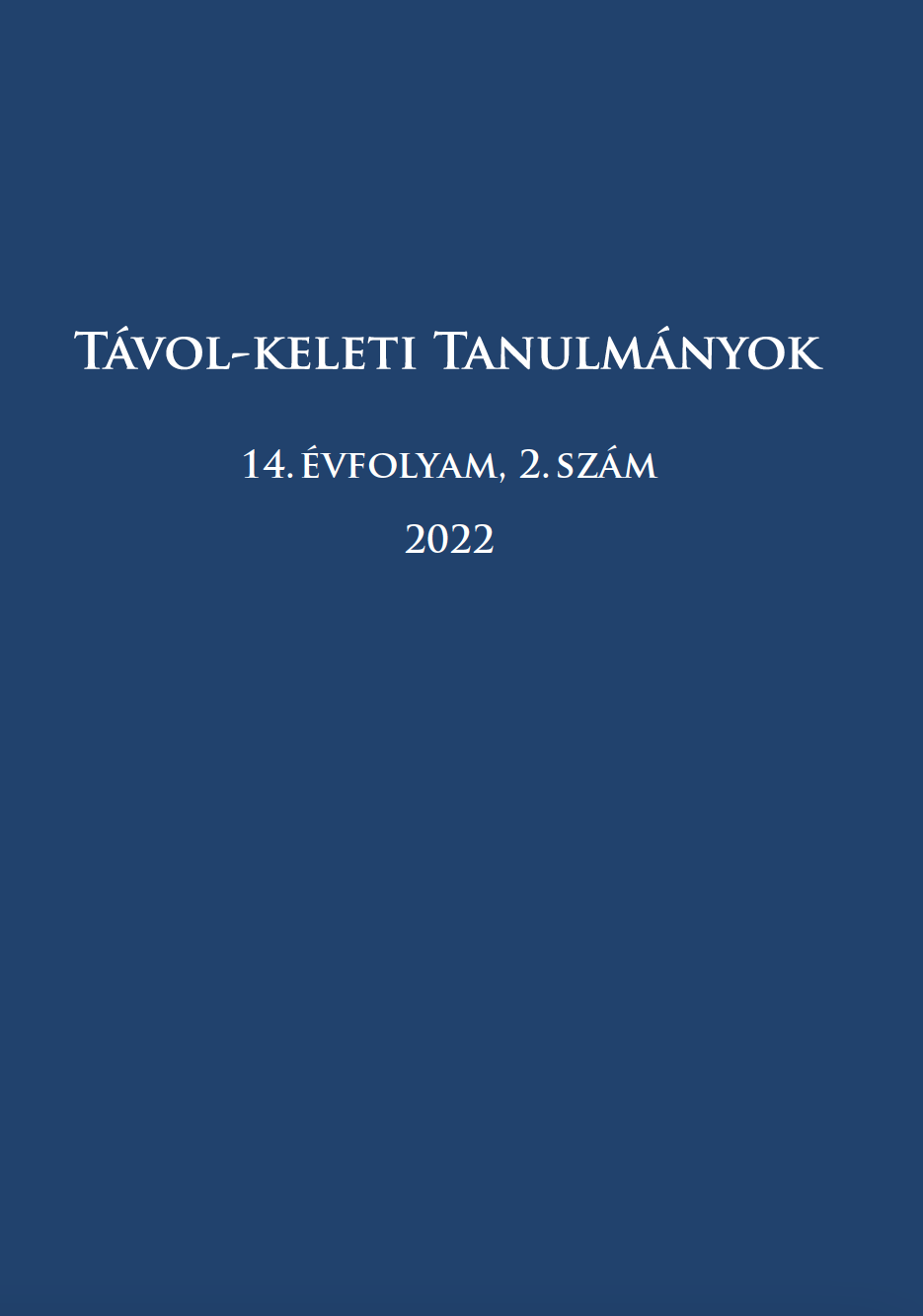Megjelent 2022-12-06
Kulcsszavak
- írás,
- kínai írás,
- Kína,
- kínai régészet,
- kínai történelem
- Shang-kor,
- jóslócsontfeliratok,
- bronzfeliratok ...Tovább
Hogyan kell idézni
Copyright (c) 2022 Anna Csikó

This work is licensed under a Creative Commons Attribution-NonCommercial 4.0 International License.
Absztrakt
Az írás kétségtelenül az emberiség egyik legfontosabb „találmánya”. A mai modern társadalmak egyszerűen elképzelhetetlenek lennének az írás (és olvasás) nélkül. Azt viszont talán még nehezebb elképzelni, mekkora hatalommal bírtak az ókori kultúrákban azok, akik birtokában voltak az írás és olvasás képességének. A történelem során jelenlegi ismereteink szerint négy helyen alakult ki önállóan az írás: Mezopotámiában az ékírás (i. e. 3400-3300 körül), Egyiptomban a hieroglif írás (i. e. 3200 táján), Kína területén a jóslócsontírás (i. e. 1200 körül) és Közép-Amerikában az olmék kultúra egy, az egyiptomi hieroglifhez hasonló írása (nagyjából i. e. 900-500 idején). A mezopotámiai és az egyiptomi írással ellentétben azonban a kínai jóslócsontírás megjelenése a Shang-korban egyértelműen nem a kínai írás kialakulásának kezdőpontja, hiszen a jóslócsontfeliratokon szereplő szövegek már egy fejlett és teljes írásrendszerről tanúskodnak. A kérdés az, hogy van-e bármiféle bizonyíték, amely egyértelműen alátámasztja azt az elméletet, hogy az írás Kínában már a Shang-dinasztia előtt létezett.
Hivatkozások
- Shangshu尚書 [Írások könyve.] 1982. Beijing: Zhonghua Shuju.
- Felhasznált másodlagos szakirodalom
- Bagley, Robert W. 2004. “Anyang Writing and the Origin of the Chinese Writing System.” In: Houston, Stephen (ed.): The First Writing. Script Invention as History and Process. Cambridge – New York: Cambridge University Press, 190–249.
- Boltz, William G. 1986. “Early Chinese Writing.” World Archaeology 17/3: 420–434. https://doi.org/10.1080/00438243.1986.9979980
- Boltz, William G. 1994. The Origin and Early Development of the Chinese Writing System. New Haven: American Oriental Society.
- Boltz, William G. 2000. “The Invention of Writing in China.” Oriens Extremus 42: 1–9.
- Bottéro, Françoise 2004. “Writing on shell and bone in Shang China.” In: Houston, Stephen (ed.): The First Writing. Script Invention as History and Process. Cambridge – New York: Cambridge University Press, 250–261.
- Chang, Kwang-Chih 1980. Shang Civilization. New Haven: Yale University Press.
- Demattè, Paola 1999. “The Role of Writing in the Process of State Formation in Late Neolithic China.” East and West 49(1/4): 241–266.
- Demattè, Paola 2010. “The Origins of Chinese Writing: the Neolithic Evidence.” Cambridge Archaeological Journal 20: 211–228. https://doi.org/10.1017/S0959774310000247
- Gelb, Ignace J. 1963. A study of writing. Chicago: University of Chicago Press. (2nd ed.)
- Houston, Stephen 2004. “Writing in early Mesoamerica.” In: Houston, Stephen (ed.): The First Writing. Script Invention as History and Process. Cambridge – New York: Cambridge University Press, 274–309.
- Pap Melinda 2019. „A Shang- és a Nyugati Zhou-kor vallása.” In: Simon-Székely Attila (szerk.): Lélekenciklopédia: A lélek szerepe az emberiség szellemi fejlődésében. IV. kötet: Ázsia, Amerika és az újvallások lélekvilága. Budapest: Gondolat Kiadó, 25–55.
- Qiu Xigui 2000. Chinese Writing. (Early China Special Monograph Series No. 4) Transl. by Mattos, Gilbert L. – Norman, Jerry. Berkeley: The Society for the Study of Early China – The Institute of East Asian Studies, University of California.
- Salát Gergely 2010. A régi Kína története. (Konfuciusz Könyvtár 1.) Budapest: ELTE Konfuciusz Intézet.
- Van Norden, Bryan 2003. “Oracle Bone Inscriptions on Women.” In: Wang, Robin R. (ed.): Images of Women in Chinese Thought and Culture. Writings from te Pre-Qin through the Song Dynasty. Indianapolis – Cambridge: Hackett Publishing, 2–3.

